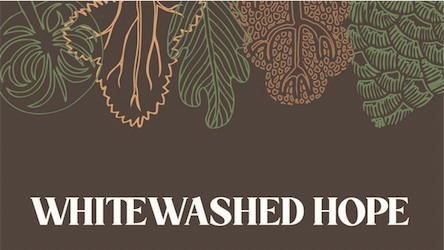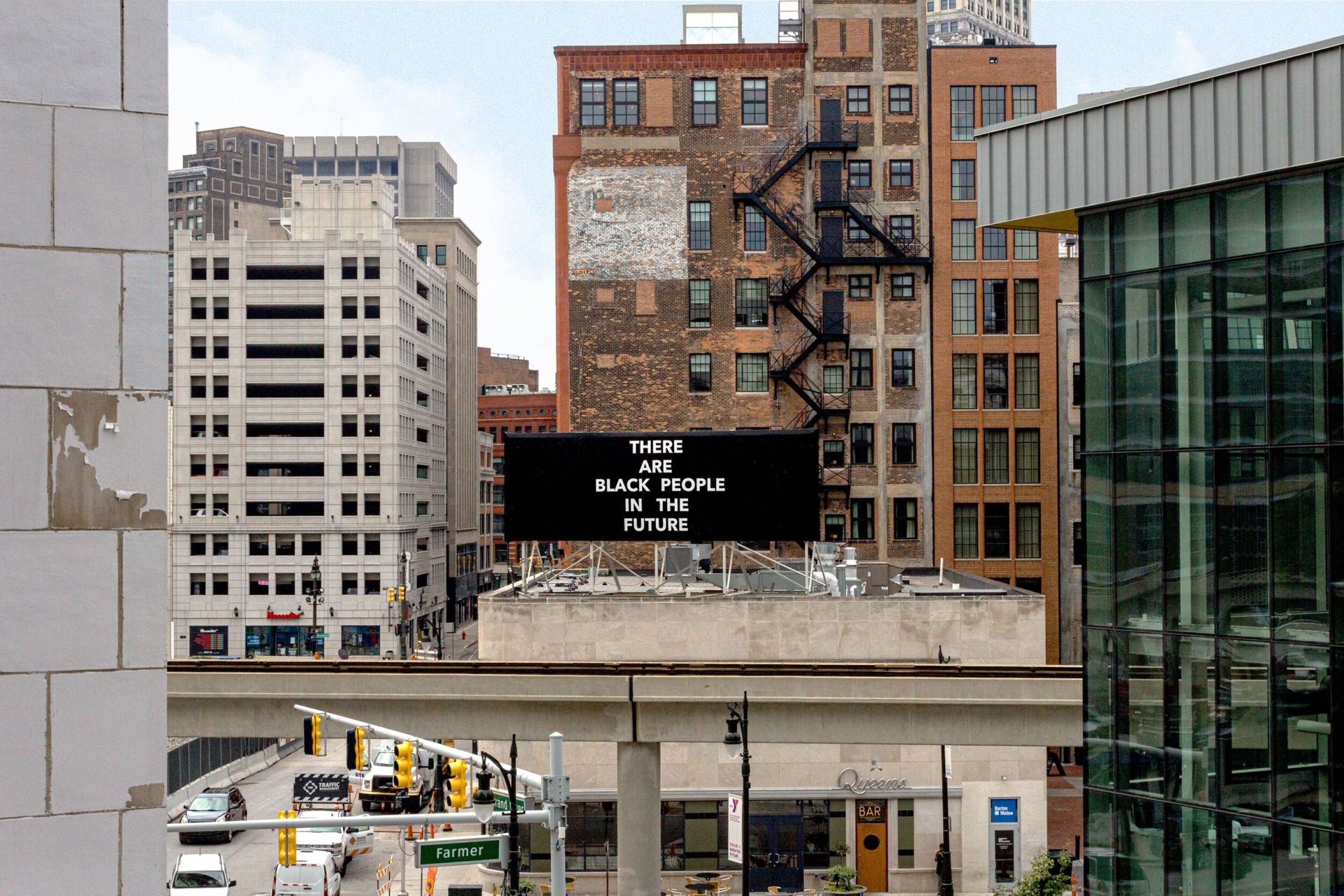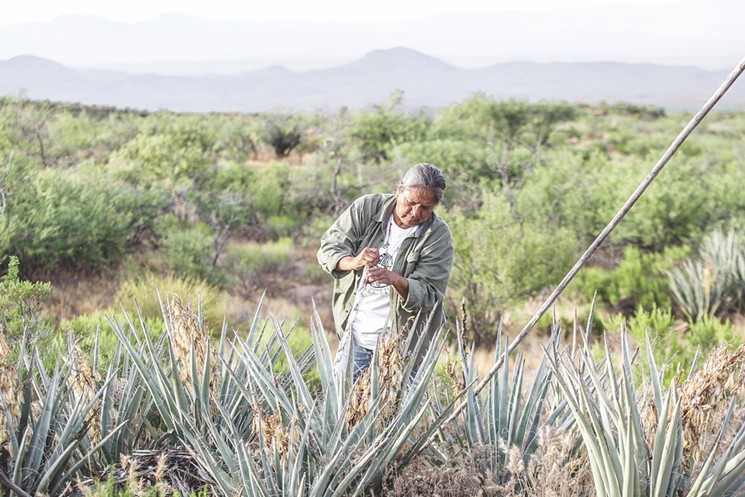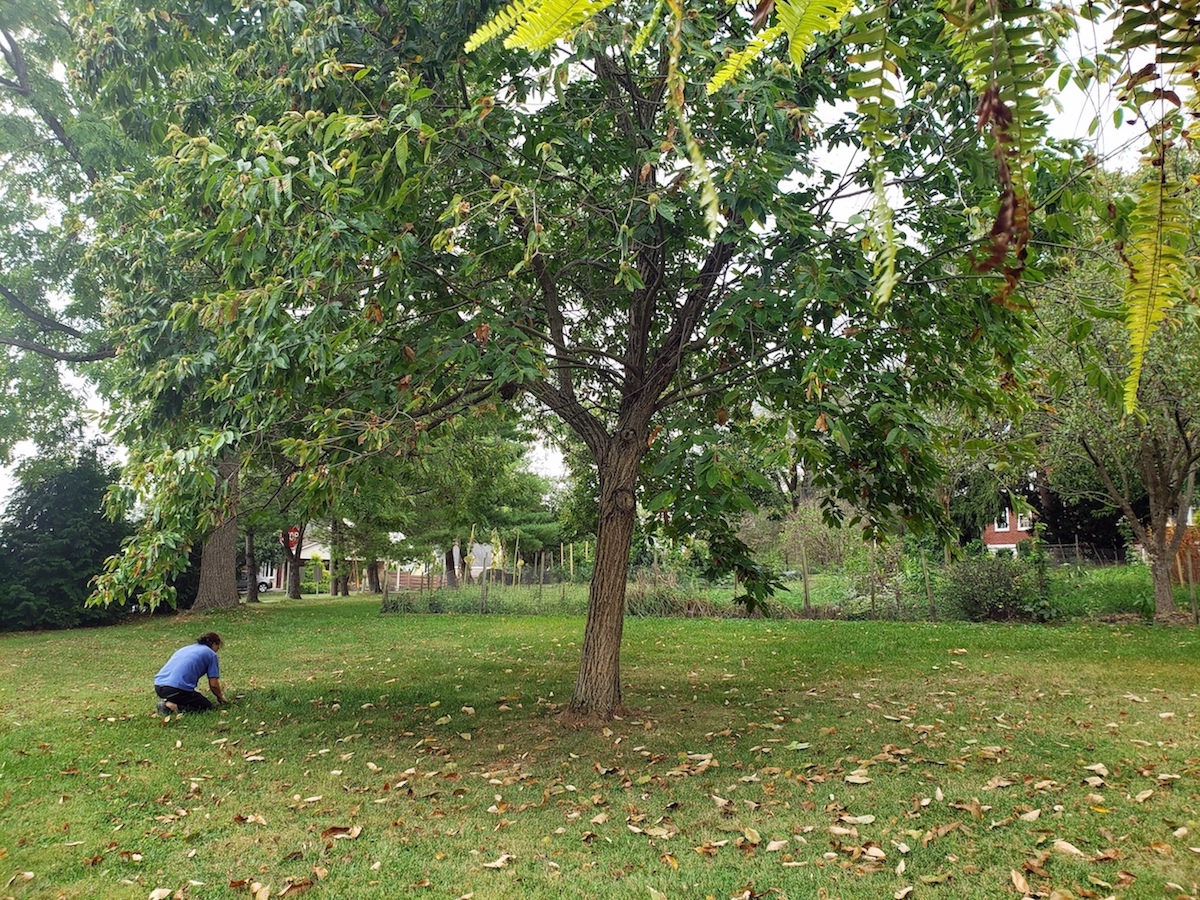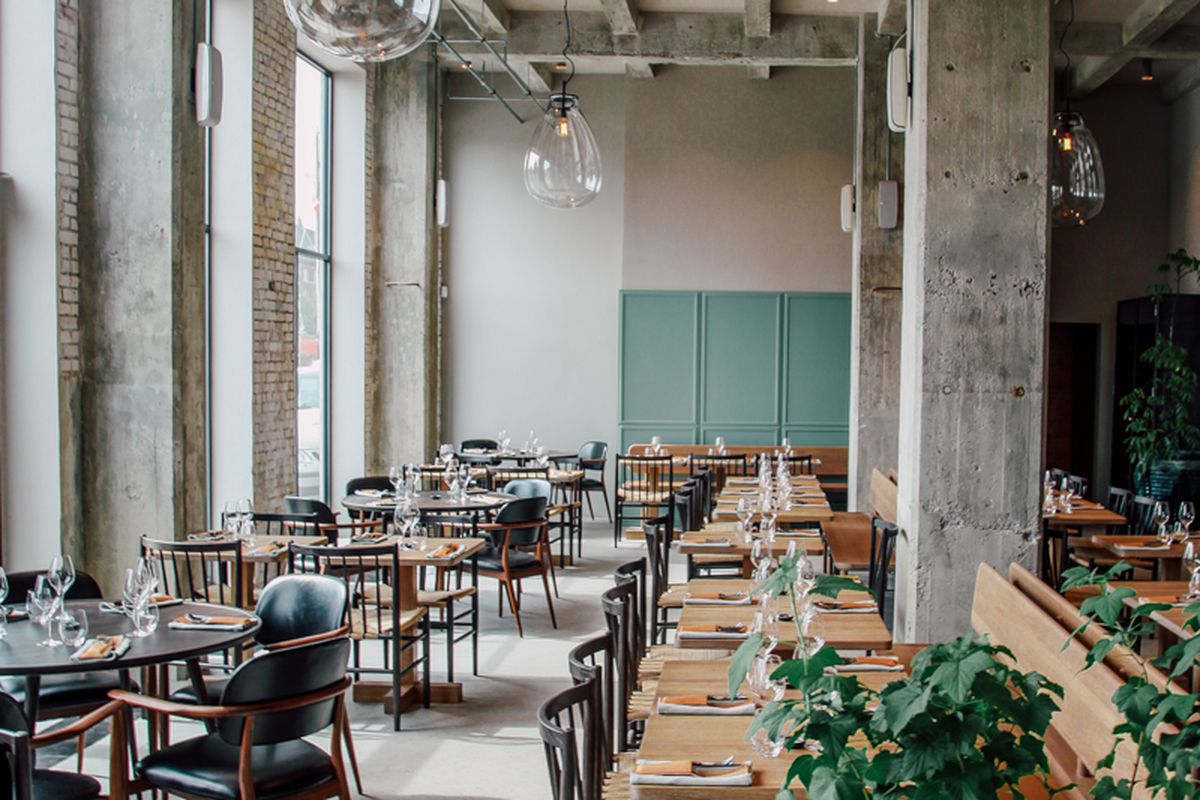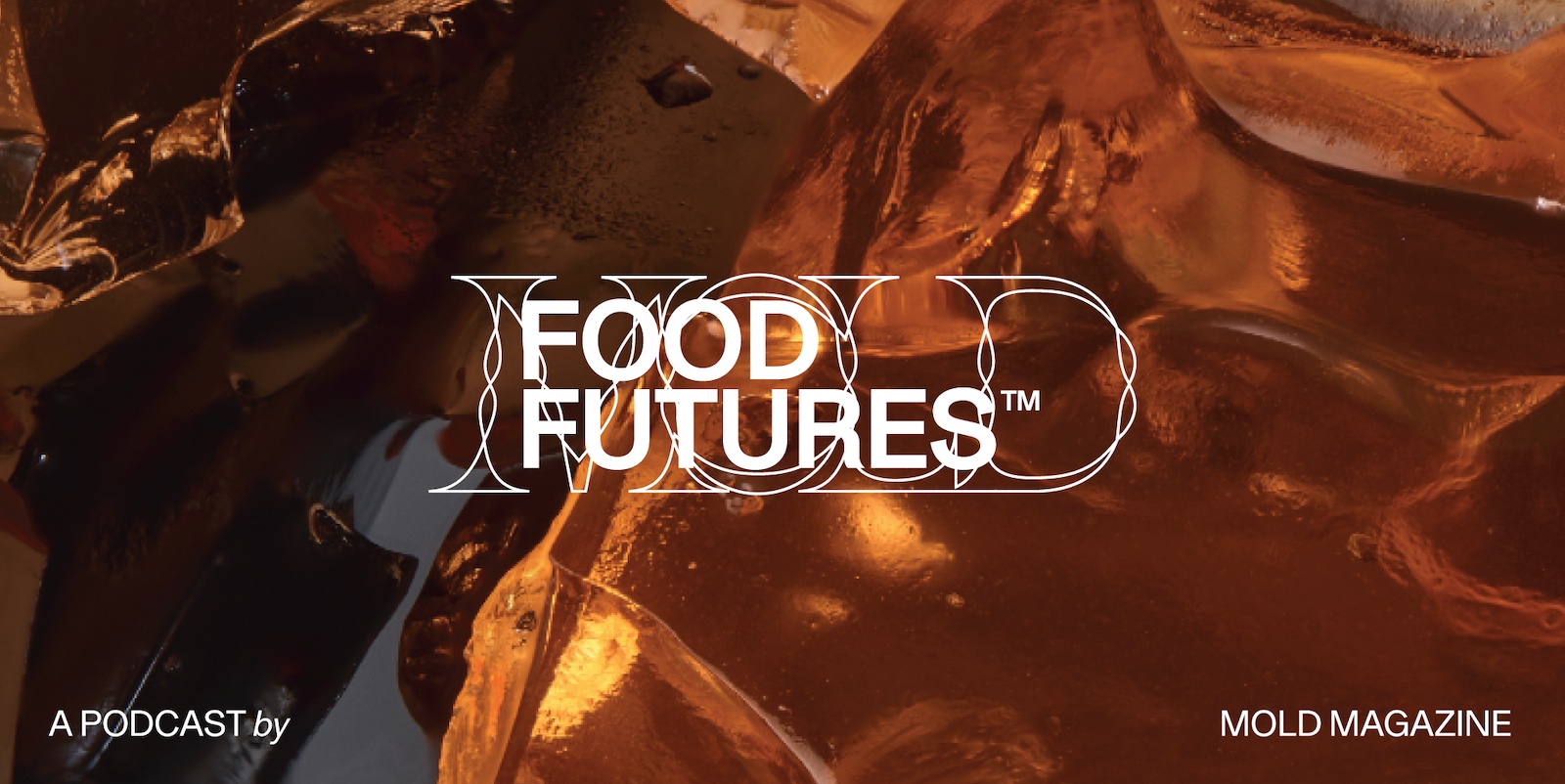This story is part of MOLD Magazine: Issue 03, Waste. Order your limited edition issue here.
If efficiency is a hallmark of good design, then the global food system is a failure. As much as one third of all food produced for human consumption is wasted every year. That waste piles up in our landfills, contributes to climate change and other environmental issues, and represents billions of animals who were killed for no reason.
While the issue of food waste has increasingly been in the spotlight, most of the discourse is too narrow, squandering opportunities to think boldly and broadly about solutions.
This manifesto is a call for designers to use the sharpest tool in their toolkit—the ability to frame and reframe issues from multiple perspectives—to imagine and design robust solutions for the specific problems plaguing our food system. Here are four new ways of looking at this old challenge of food waste.
1. There is not one single problem.
Waste is the hydra of problems in our food system—it has many vicious heads. One in nine people goes to bed hungry every night around the globe, meaning that wasted food could otherwise feed starving stomachs. If food loss and waste were a country, it would be the third largest greenhouse gas emitter. Food waste affects not only people and the planet, but also animals. About 20% of meat and 35% of all fish and seafood is wasted globally. Since over 56 billion terrestrial farmed animals—and an estimated one trillion aquatic animals—are slaughtered every year for human consumption, this unused meat equates to billions of animal lives.
Everyone can approach this monster from a different angle, be it feeding the hungry, curbing greenhouse gas emissions, or creating a more humane food system. We can’t make progress without defining the problem, and we can’t define the problem without knowing our goals.
2. Waste is a resource.
It turns out that waste doesn’t need to be wasteful. Sometimes repurposing, or upcycling, food waste is more realistic than trying to eliminate it. Minimizing waste is always a worthy goal, but some level of waste seems inherent to our food system. When we see waste as just a problem, we limit our thinking and approach to solving it.
At Saltwater Brewery in Delray Beach, Florida, brewers are turning spent barley and hops into eco-friendly six-pack holders. These rings are entirely biodegradable and edible, keeping oceans plastic-free and turning death traps into delectable treats for aquatic animals. The beer brewing industry is not the only one that sees waste as a resource; researchers in the organic food world have been developing innovative methods to convert food waste into a biofuel. Researchers have recently coupled hydrothermal liquefaction and anaerobic digestion to convert food waste into biofuels. “Food waste should have a high value,” says Roy Posmanik, a Cornell researcher working on these efforts. “We’re treating it as a resource, and we’re making marketable products out of it.”
3. What we waste matters more than how much.
Food waste is measured in tons, not types. But not all food waste is created equal, since different foods have different impacts on our environment, our bodies and our farmed animals. Some foods we produce are more environmentally harmful, some are more nutritious, and some are more humane. The simplest heuristic for determining the worst waste is whether it’s animal-based or plant-based. Animal-based waste is more resource intensive, linked to more negative health impacts, and more harmful for farmed animals.
Even the same kind of food can have a dramatically different impact depending on its lifecycle. Plantagon CityFarm, which produces lettuce, has built vertical farms in the basement of office buildings in Stockholm, re-routing the heat that their LED lights produce to warm the building during the winter months. Vertical farming systems can use up to 95% less water, and produce almost 400 times higher annual yields, than their soil-based counterparts. Redirecting the heat byproduct lowers costs and energy usage as well. A wasted pound of Plantagon lettuce is not the same as a wasted pound of traditional lettuce wasted because Plantagon’s production methods are much more sustainable.
4. Understand tides, not waves.
The food waste discourse focuses too much on the surface, without diving deep into the real causes. We’ve been too distracted by the waves in order to fully appreciate the tides. One example is the ugly produce movement, in which well-meaninged activists and entrepreneurs, like Imperfect Produce, are “changing the world” by selling boxes of fruits and vegetables that don’t meet cosmetic standards to be sold in grocery stores.
But according to the Natural Resources Council, only 12% of fruit and vegetable waste occurs during distribution and retail. Much more fruit and vegetable loss is caused by consumers at home and restaurants, and during production, post-harvest, handling, storage, processing, and packing. The 12% of losses during distribution and retail are not just because the food is ugly, but also because the food is damaged, expired, or due to other quality control issues. Buying ugly produce tackles less than a tenth of the problem of produce waste. Even less, since a majority of food is wasted at the consumer-level, you can still buy ugly produce and then waste it. While a worthwhile endeavor, this Instagram-fabulous and VC-backed trend of consuming ugly produce is a misallocation of limited resources. Consider also that animal-based waste is much more resource-intensive than plant-based waste, so saving those ugly fruits and vegetables ought to be a lower priority.
Designing solutions for the future
Designers are trained to understand and address systems, not symptoms. That makes them uniquely positioned to use these four approaches to create meaningful solutions to the pernicious problem of food waste. The design of our food system—from its structure to its energy flows and its distribution networks—is rife with inefficiencies. Designers have the ability, and the mandate, to re-frame the problem of food waste in more creative and constructive ways. If they don’t, we may waste our chance at creating a more sustainable and humane future of food.










